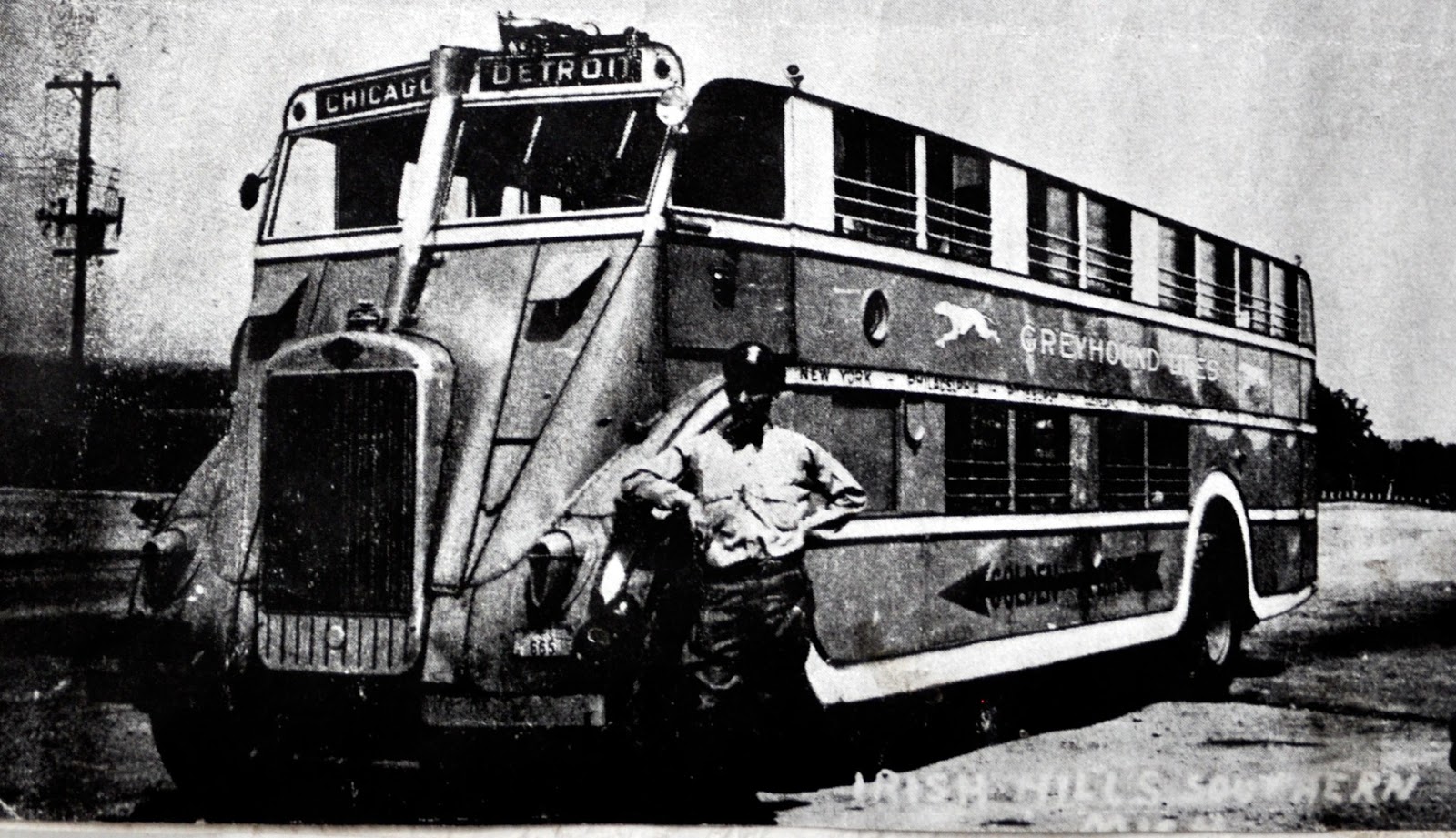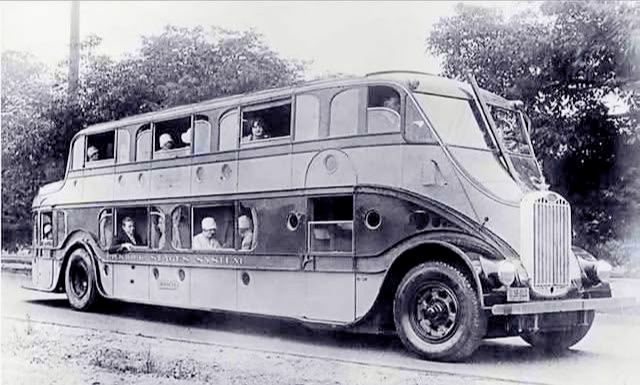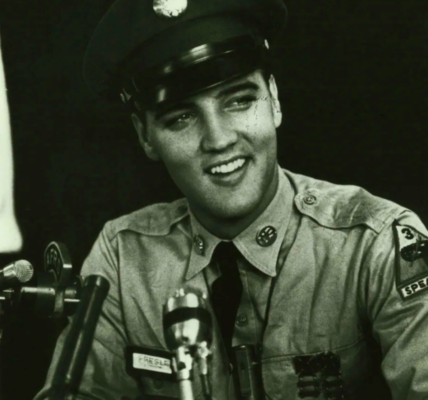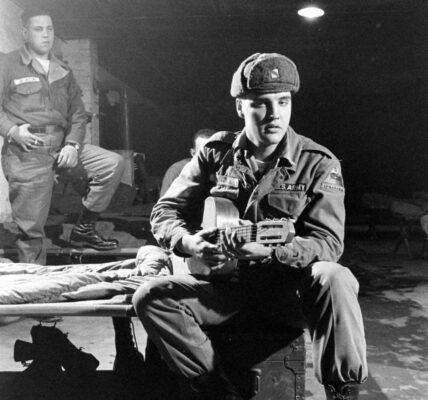One of a few duplex double decker buses in the American Greyhound fleet during early 1930s. These buses would have been assigned to the overnight 450-mile San Francisco – Los Angeles service. Driver upstairs, left side
The Rare Duplex Double-Decker of Greyhound’s Early 1930s Fleet
During the early 1930s, the Greyhound bus fleet featured a rare and fascinating vehicle: the duplex double-decker bus. One of only a few in operation, these unique buses were assigned to the overnight 450-mile San Francisco–Los Angeles route, providing passengers with an innovative travel experience during a time when long-distance road travel was still evolving.

An Engineering Marvel of Its Time
Unlike traditional single-deck coaches, the duplex double-decker was designed to maximize passenger capacity while maintaining comfort. What set it apart was its unusual driver placement—unlike modern double-deckers where the driver sits at street level, this bus had its driver positioned upstairs on the left side. This unconventional arrangement allowed for a spacious lower deck, dedicated primarily to passengers and luggage storage, while the upper deck housed additional seating and the driver’s cockpit.
A Unique Experience for Travelers
These buses were specifically chosen for the overnight San Francisco–Los Angeles service, one of Greyhound’s most important routes. The journey, covering 450 miles, would have taken approximately 10 to 12 hours
For passengers, the duplex double-decker offered a sense of luxury and efficiency. With more space than a typical coach, it provided comfortable seating arrangements and better visibility from the upper deck. It was a bold experiment in long-haul bus design, attempting to bridge the gap between conventional buses and rail travel.
A Short-Lived Innovation
Despite their intriguing design, these buses did not become a standard part of Greyhound’s fleet. By the late 1930s, improvements in highway infrastructure and evolving bus technology led to the adoption of more streamlined, modern coaches, making the duplex double-decker a rare chapter in American transportation history.

Though few of these unique vehicles survived, they remain an iconic glimpse into the creativity and ambition of early Greyhound bus innovation—a time when road travel was rapidly transforming the way Americans moved across vast distances.


